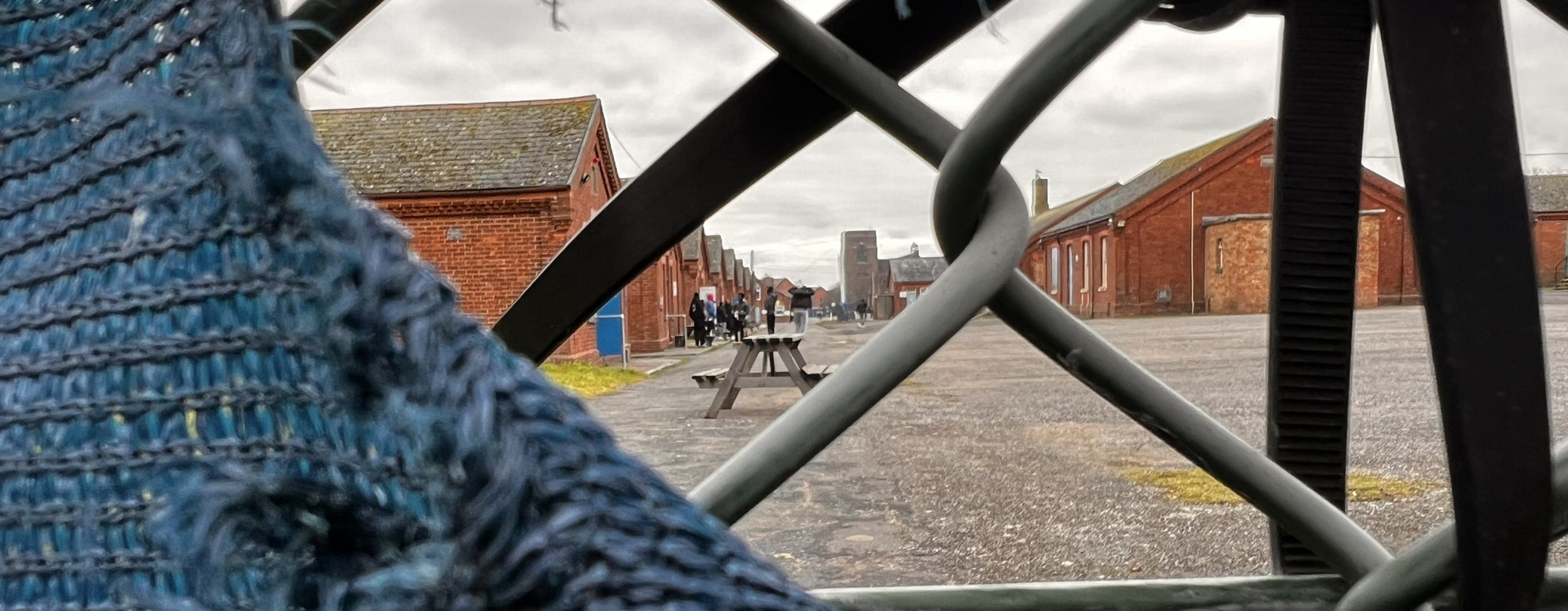
Aims & Objectives
- Deepen Understanding: Investigate how solidarity is experienced and enacted in border spaces, uncovering nuanced perspectives and challenging reductive narratives about migration and displacement.
- Innovate Methods: Develop participatory and interdisciplinary methodologies—including digital storytelling, memory walks, and creative writing—to enable inclusive and meaningful engagement with the themes of solidarity and community.
- Strengthen Community Connections: Partner with local organisations, cultural institutions, and stakeholders to ensure the research resonates beyond academia and contributes to real-world practices that support social cohesion and well-being.
.
Approach
The project employs a dynamic mix of participatory research techniques, ranging from in-depth qualitative interviews and workshops with refugees and citizens to the co-creation of digital and physical archives. Experts in ethnography, photography, creative writing, and oral history collaborate with community members to capture and analyse stories of displacement and solidarity. The activities are co-designed to amplify participants’ voices, foregrounding their expertise and lived experiences.
Outcomes
- Research Publications & Resources: Peer-reviewed articles, policy briefs, and educational toolkits that present the project’s findings in accessible formats for academic and professional use.
- Public Engagement Activities: Online exhibitions, interactive storytelling portals, podcasts, and immersive experiences, such as the Silk Road Refugee Walk, to share insights with broader audiences.
- Long-Term Impact: The project aims to inform future research on migration and solidarity, inspire innovative teaching practices, and support creative interventions that amplify marginalised voices and foster inclusive dialogue.

